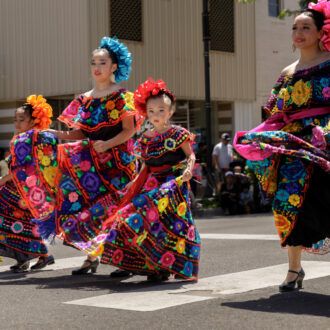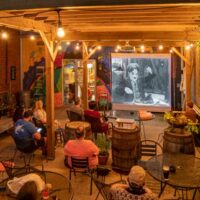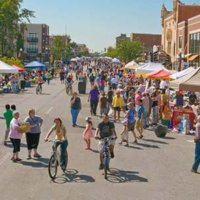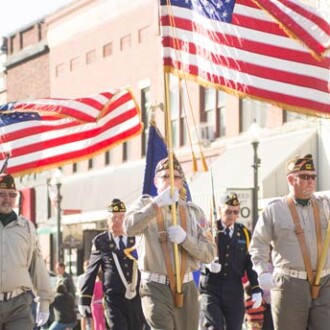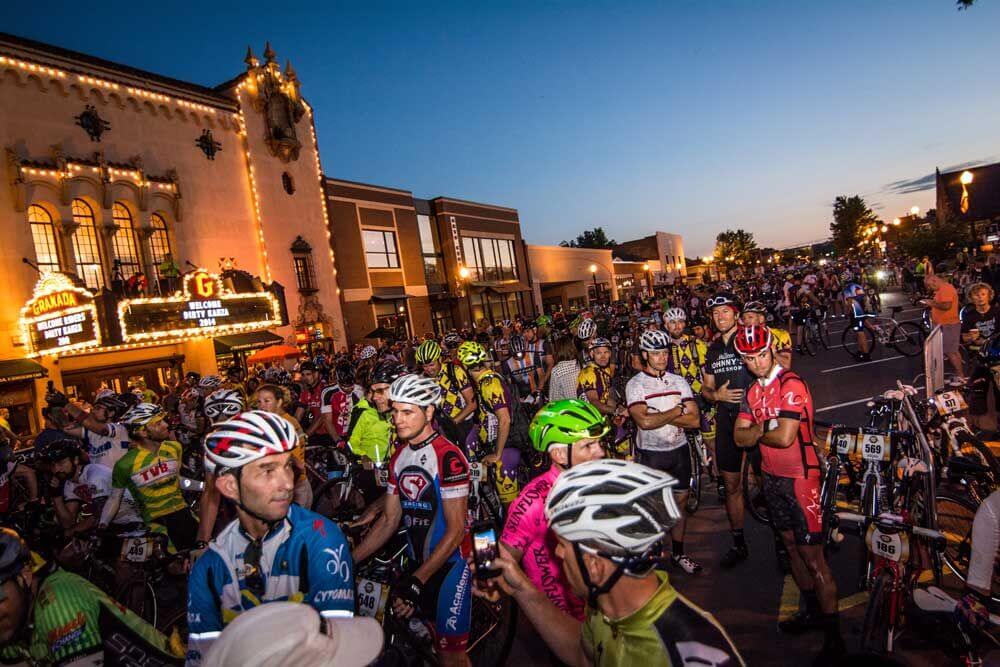History Center Offers Look at Lyon County’s Past
Posted on Aug 13, 2020 by Visit Emporia
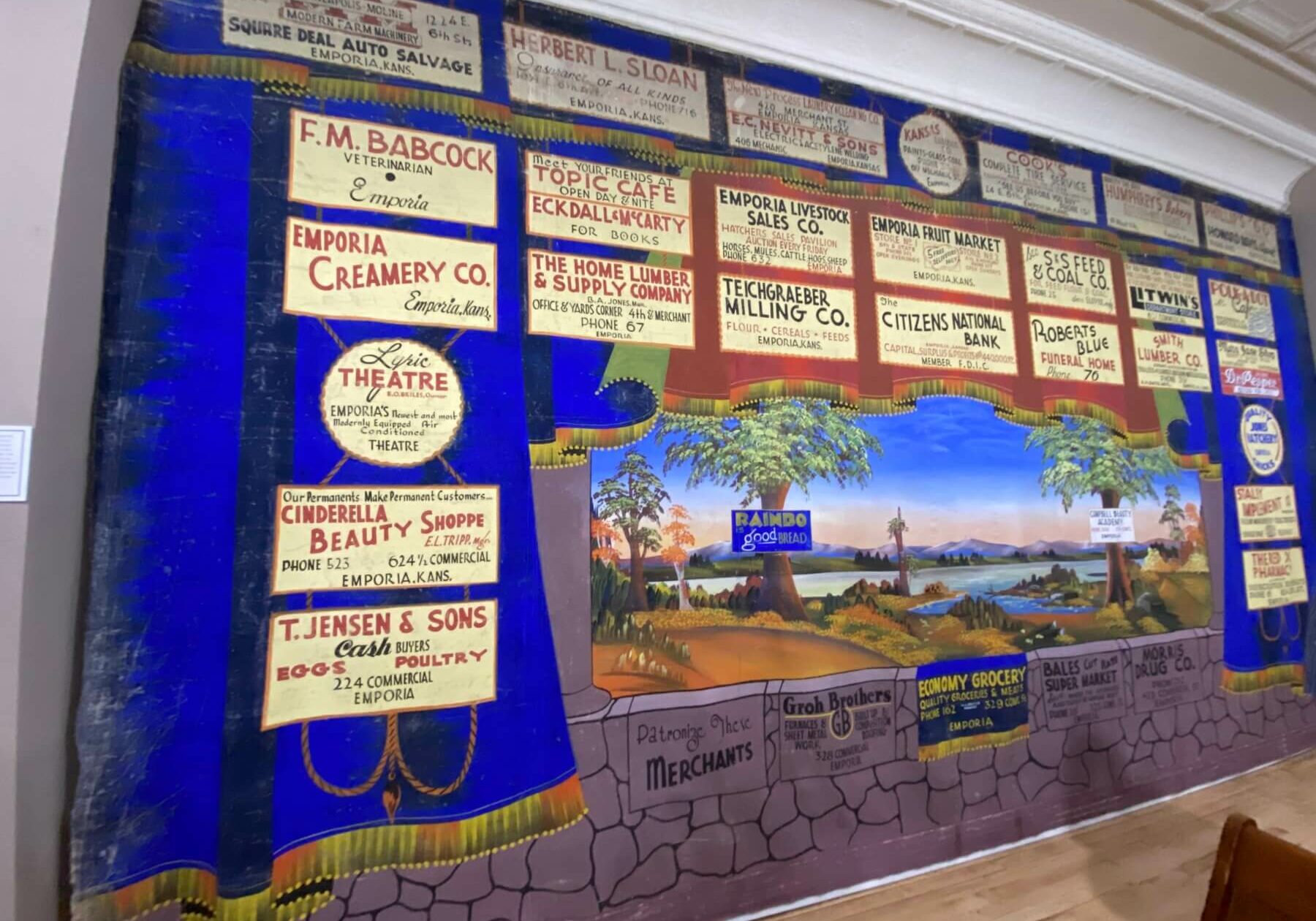
Since its inception, the Lyon County Historical Society in Emporia has preserved history and educated the public and that mission continues today in the heart of downtown Emporia.
The Lyon County Historical Society was founded in 1937 by the Daughters of the American Revolution Chapter in Emporia, said Lisa Soller deputy director of the Lyon County History Center.“They spearheaded the society but as soon as it was established, that was it,” Soller said. “Their primary goal was to just get it established and not to be an active part of its continuance.” The DAR worked with the Kansas State Historical Society to become a chapter. The museum as it is known today began in the basement of the Civic Auditorium in 1940, where it remained until 1980 when it moved to the Carnegie Library, until four years ago, when it moved to 711 Commercial Street.
The Commercial Street location provides ample space for displays, exhibits and events. “We have been restricted space-wise since the beginning of our existence in 1937,” J. Greg Jordan, executive director said. “It was the task for all boards and all staff to find a new home. Eight years ago, we started a capitol campaign and that campaign raised enough money for us to purchase the building that we are in currently and mostly remodel it.”
The third floor of the building wasn’t initially remodeled. “Once we got in here, we realized the value of that third floor both in terms of what we could use it for, meeting space, exhibit space, but also in terms of revenue,” Jordan said. “We could rent the space out. Which we have done several times. It provides a very unique venue for people here in Emporia and because of that it is pretty easy to rent out.”
In past locations, Soller said they weren’t able to frequently change out displays due to space limitations. With their 25,000 artifacts, many of which have never been displayed due to space restrictions, the new building has opened a realm of new possibilities. “Now that we’re in this building, we’re able to continually evolve and change,” she said. Even more artifacts can now be displayed thanks to the purchase of 24 display cases from a local eye doctor that went out of business. “That changed everything,” Jordan said. “It allowed us to put out more small objects in a secure fashion. Soller said before they purchased the cases, they were only able to display about 150 artifacts. “Now we’re looking at about 1,000 artifacts on display,” she said.
The museum also received a grant from the Lions Club Foundation to re-do part of the second floor, also allowing them to purchase the cases. They also received a grant from Emporia’s Rotary Club, which allowed them to remodel the children’s area. The Earl & Stelouise Sauder Youth Assistance Fund also helped support the remodel of the children’s area, which includes space for tiny tots and older children. A large, colorful mural, painted by Amy Heineken, graces the back wall of the tiny tots area. During the pandemic, the children’s area is closed, but will re-open when it’s safe and include new themes including a harvest to table area where children can learn about how food gets from the farm to home.
Exhibits
The Lyon County History Center has seven core themes: Natural History, Native Americans, Immigration, Transportation, Farming & Ranching, Business & Industry and Military/Veterans Day. Each exhibit on the second floor ties into each of these themes, Soller said. The exhibits are set up so they make sense no matter which one visitors stop at first. “One of our biggest obstacles is how to make our exhibits flow,” Soller said. “For the most part, it’s a self-guided tour. If people are coming from the front stairs they would be coming in backwards if we did it chronological. So, we went with thematic.”
Natural History sets the stage for the tour and includes minerals and rocks identified by Emporia State University Professor Emeritus Bill Johnston. The display also includes mastodon teeth found in Lyon County and pieces of a meteorite, which was located in Admire, which is also in Lyon County. A large range burning sign that used to be located on the Kansas Turnpike hangs on one of the walls in the Natural History area. “I always wanted a range burning sign,” Soller said. “The wrinkling is from a range burn that got too close. So, the fact that we have a range burning sign that wrinkled because fire got too close, to me that’s irony.”
The next area is dedicated to Native Americans, the first inhabitants of this area. More artifacts are in the process of being added. This area flows into immigration/westward expansion, including examples of natural resources they would have used to build homes at that time. In this area two groups are featured: African American/Black and Hispanic/Latino.“It was really important for us to tell the story of both the Hispanic and Black communities,” Soller said. “For a long time, they were overlooked. Our difficulty is artifacts. We’re trying really hard to change that and get artifacts that represent the communities.”
The next exhibit theme is Transportation. “They all work together so you have transportation over here and we’re talking about the train,” Soller said. “This ties into the Hispanic population, who arrived by train early-on. So, there’s a lot of crossover and it really proves how history is intertwined. Stories that you may not think are connected are.”
In the Business/Industry exhibit, a few unique artifacts can be viewed, including a date block from 1912. “They tore down a building to make way for the new courthouse,” Soller said. “The person who had the building built was Margaret Dugiud, who was heavily-involved in the suffrage movement. The fact that 1912 was the year that Kansas (women) gained the right to vote in women’s suffrage, eight years earlier than nationally, not only is this an important year, but the fact that a woman had this building built and she was involved in that movement, makes this a special artifact,” Soller said. An old phone also is displayed in this area, which was used in the Hallmark movie, Sarah Plain and Tall.
A showstopper artifact is located on the back wall: a large, colorful canvas that was from Valley Star School District. It was created between 1939 and 1947 and includes names of local businesses that were in operation during that time. “Knowing there was a war in the middle of that, they would have not used a canvas like this,” Soller said. “It would have gone to the war effort. So, I personally believe it was made pre-World War II.” The canvas was discovered accidentally. “(Jordan) thought it was just a paint tarp, so when it came time for him to paint something, he was going to use it,” Soller said. “When he unrolled it, he discovered the large canvas.” “I think we should save that,” Jordan recalled saying.
Farming and Ranching is the next area. A large horse-drawn wagon sits in the middle of the area, containing a basket of apples. “A tremendous amount of apples were grown in this area,” Jordan said. “The climate is such that apples seem to work so a lot of people had orchards.”
The final area is the Veterans area in honor of Emporia being the founding city of Veterans Day. This area included several artifacts including men and women’s uniforms, which are shown as counterparts of each other. One of the uniforms on display was worn by Edith Theye Hazard, who served in the Women’s Auxiliary Core. She was one of the first 120 women officers in the United States Air Force. Artifacts from Pfc. John Cooper, who was killed in action in 1944, while serving with Company B, are also displayed in this section. Cooper was the nephew of Al King, who helped spearhead the effort to re-name Armistice Day to Veterans Day, as it is known today.“When his nephew was killed in action in World War II, it devastated Al,” Soller said. “He was really close to his nephew, and that really was the event that changed Al to really want to make the change in how we recognize veterans.”
The Lyon County History Center has Cooper’s two Purple Hearts. One he received when he was injured and the other, he was given posthumously. “We have the telegram to his grandma saying he was missing in action,” Soller said. “We have his dog tags, we have his ribbons, we have the book and a cross that was on his person when he was killed. To hold the Purple Heart or to hold his dog tags and knowing he was killed in action, there’s no words for it.”
The second floor of the museum also houses the Hopkins Family Gallery, which provides more exhibit space. Two exhibits are open on the first floor. The first is a traveling exhibit from the Kansas League of Women Voters. “It’s the 100th anniversary of Women’s Suffrage, the passages of the 19th amendment, which granted women the right to vote,” Soller said. That exhibit will be at the history center until Aug. 15. A second exhibit is Fight for Our Right: The 19th and Beyond. The museum worked with the Emporia League of Women Voters as well as the Emporia State University Ethnic and Gender Studies program.
Soller said each artifact in the museum has a unique story, waiting to be discovered. “Some are very small stories that are more about the object and what it was used for verses who used it,” she said. “And then we have artifacts that have a great provenance that have some great stories that go behind it. We want to showcase both of those types of artifacts.”
Contact Information:
Website: https://explorelyoncounty.org/
711 Commercial St.
Emporia, Ks 66801
Phone: (620) 340-6310
Email: [email protected]
Hours: Tuesday-Saturday 10 a.m.-4 p.m.
Suggested admission: Adults $3, children $1 In addition to visiting the museum, people can visit their YouTube page to learn about artifacts the museum houses.
Visit Emporia
Visit Emporia welcomes travelers and meeting planners, and serves as the visitor information center for Emporia, Kansas and surrounding area.
Subscribe
Want to stay up date on things to do in Emporia? Enter your email and get weekly updates delivered to your inbox!


